It wasn’t that long ago that video projectors were a high-end home theater luxury that just allowed you to watch DVDs and Blu-ray discs on a large screen.
However, as years have progressed, video projectors have increased in quality, with many now supporting 4K UHD resolution, eliminating lamps, providing more flexible installation options, and incorporating content access capabilities that don’t always require plugging in an external source. All of this plus decreasing prices makes a video projector a viable alternative to an expensive large screen TV.
One example of the latest generation of video projectors is the Optoma UHZ50.

How the Optoma UHZ50 Does 4K
The UHZ50 employs a .47-inch 1080p resolution DLP imaging chip (aka DMD – Digital Micromirror Device) from Texas Instruments. The chip contains 2.1 million pixels (very tiny mirrors). However, for the projector to display 4K, 8.3 million pixels are required. To achieve this the pixels on the 1080p chip are shifted both vertically and horizontally at 240Hz (240 times per second), which is so fast it is classified as a 4K image once displayed on the screen.
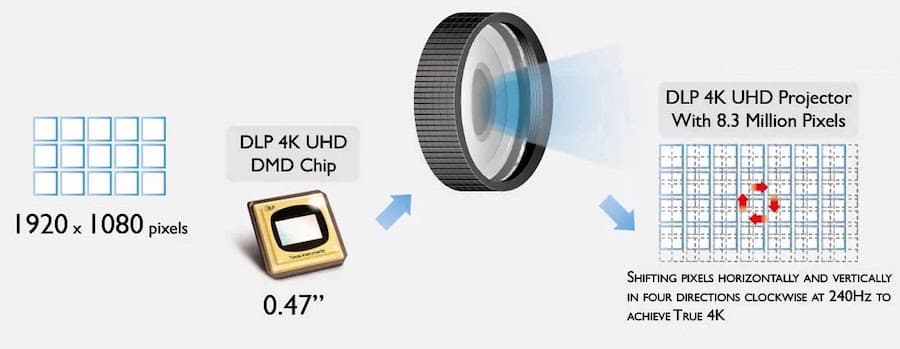
The UHZ50 Laser System
The UHZ50 employs a laser light source, which eliminates the need for a lamp that would have to be replaced on a periodic basis. The UHZ50 laser system has an expected lifespan of 30,000 use hours
According to Optoma, a hybrid Laser/Phosphor light source is used in the UHZ50. In this system, a single laser emits blue light. The Blue light beam passes through a phosphor color wheel where a yellow light beam is created. The blue and yellow light beams then pass through a filter wheel (aka color wheel) where the yellow beam is used to create red and green light beams to complement the blue light beam.
The resultant blue, red, and green light beams then travel through the rest of the light engine, where the colors are combined as needed, reflected off the DLP chip, and projected through the lens onto the screen.

Optoma DuraCore Technology
The UHZ50 laser system is a part of Optoma’s DuraCore-branded Technology, which includes the following:
- Stable Brightness and Color – The laser light source maintains stable operation over its entire life with no gradual decay. No periodic lamp replacement is needed.
- Quick On/Off – The laser light source does not require any “warm-up” time when turned on and cool downtime is shorter in comparison to lamp-based projectors
- Eco-Friendly – The laser light source is Mercury-Free.
- IP6X Certification – The UHZ50 features an airtight optical engine with IP6X certification. The airtight enclosure prevents dust particles from entering and ensures long-lasting reliable performance.

UHZ50 Smart Features
The UHZ50 also comes with Smart Home features including:
Processing/Memory: 4-core CPU, 2GB RAM, 16 GB storage
Built-in Media Player: Watch movies directly from your projector without the need for a laptop or PC by using the built-in media player. Simply use the cloud-connected file manager or copy your files to a USB stick and watch them on the big screen.
Marketplace App Store: Install popular streaming apps directly on the video projector. You can also access more streaming apps by connecting an external media streamer(Roku, Fire TV, Apple TV, Chromecast, …etc) to the projector via HDMI.

Creative Cast: Stream content from a smartphone, tablet, or laptop wirelessly using Wi-Fi. Control the projector from the device in your pocket. Available for Android, Windows, iOS, and Mac.
Cloud Connected File Manager: Easily share and transfer files. The simple and intuitive app supports 3 major cloud storage services: Google Drive, MS One Drive, Dropbox, and cloud media player. You can download files to the projector from your device via an IP address – also allows the use of PINs for added security.
IFTTT Support: The UHZ50 can be “connected” with other smart devices to blend seamlessly into your smart home ecosystem.
Optoma Connect/Info Wall: Use a smartphone to set up personalized control menu for the UHZ50. Available for Android and iOS
Voice Assistant: Compatible with Alexa and Google Assistant


UHZ50 Specifications
Here is an overview of the specifications that support the above UHZ50 features.
- Light Output: 3,000 ANSI Lumens Max
- Contrast Ratio: 2,500,000:1
- Color Gamut: 1.07 Billions Colors (90% Rec709, 80% DCI-P3)
- HDR Compatibility: HDR10, HLG
- Refresh Rate: 4K/60Hz and 240Hz/1080p support with additional MEMC (Motion Estimation, Motion Compensation) processing. The 240Hz refresh rate at 1080p is great for gamers.
- Projected Screen Size Range: 34.1″ to 302.4″
- Projection Distance Range: 47″ to 319″
- Lens Shift: +10% Vertical
- Keystone Correction: +/-40 degrees horizontal and vertical.
- Manual Focus and 1.3 times Manual Zoom.
- Audio System: 10W x 2 (20 watts total)
- Surround Sound Formats: 2 Channel PCM, Dolby, and DTS bitstream pass-through via ARC, Dolby True HD/DTS-HD Master Audio, and Atmos/DTS:X bitstream pass-through via HDMI-eARC.
- Gaming: The projector features an Enhanced Gaming Mode, reducing response times down to 16ms in 4K and 4ms in 1080p at 240Hz.
- 3D: Requires LCD Active Shutter DLP-Link Glasses (additional purchase) and a 3D Synch Emitter. Automatic 3D Signal Detection.
- Fan Noise: 26dB
- Dimensions: 13.27″ x 10.43″ x 4.82″
- Weight: 10.58 lbs

- Input Connections:
- HDMI ver 2.0 (3 – 1 supports HDMI-ARC/eARC)
- USB ver 2.0 (3)
- Ethernet/LAN (1)
- Output Connections:
- 3.5mm Headphone Jack (1)
- Digital Optical (1) This Allows connection to a compatible external audio system.
- Additional Connectivity: Wi-Fi
- Controls:
- Backlit Remote Control provided.
- Onboard keypad controls
- RS232(1)
- 12 Volt Trigger (1)
- 3D Sync (1)
- Optoma Connect App (mentioned previously)
- Alexa and Google Assistant (mentioned previously)

Pricing and Availability
The Optoma UHZ50 is available for $2,799 at Amazon and ProjectorScreen.com.


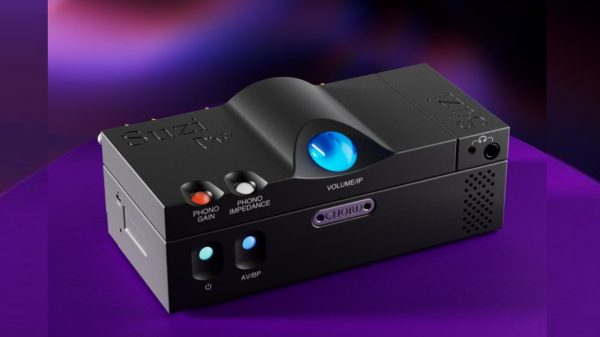
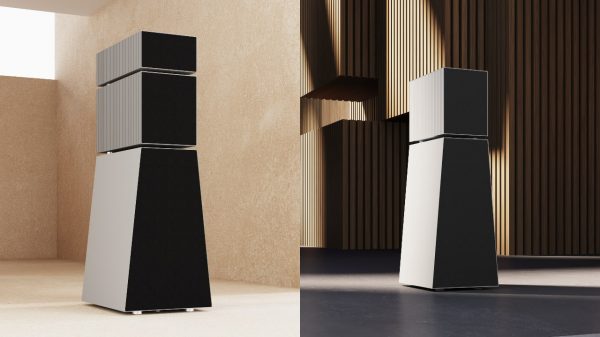



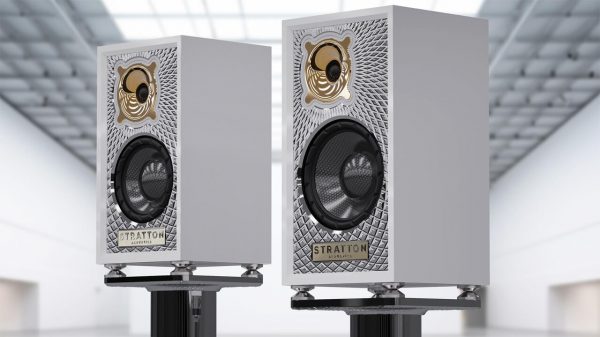



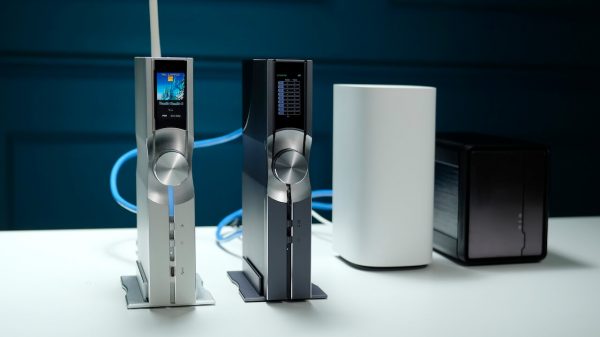






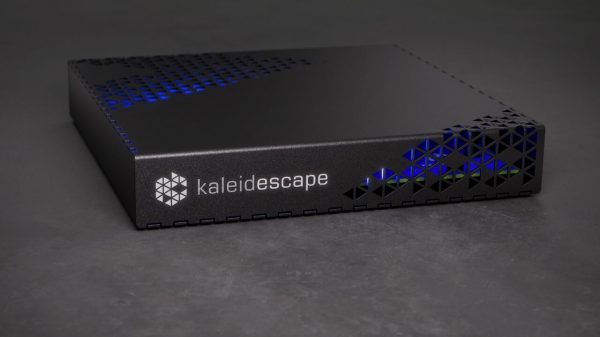
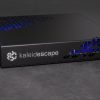

















Simon
March 27, 2022 at 9:25 am
I just got this – the only audio pass through it does are 5.1 and 7.1. Is it possible to know how you came to have it pass through atmos please?
Robert Silva
May 23, 2022 at 8:08 pm
In order to access Atmos and DTS:X you need to have the projector connected to your external audio system via HDMI-eARC – not Digital Optical. Also, the Dolby Atmos/DTS:X source needs to be connected to HDMI input 3. Of course, the content source has to be providing an Atmos or DTS:X signal. There would be no reason for the projector to provide HDMI-eARC if Atmos and DTS:X weren’t supported – if it isn’t then Optoma has some explaining to do.